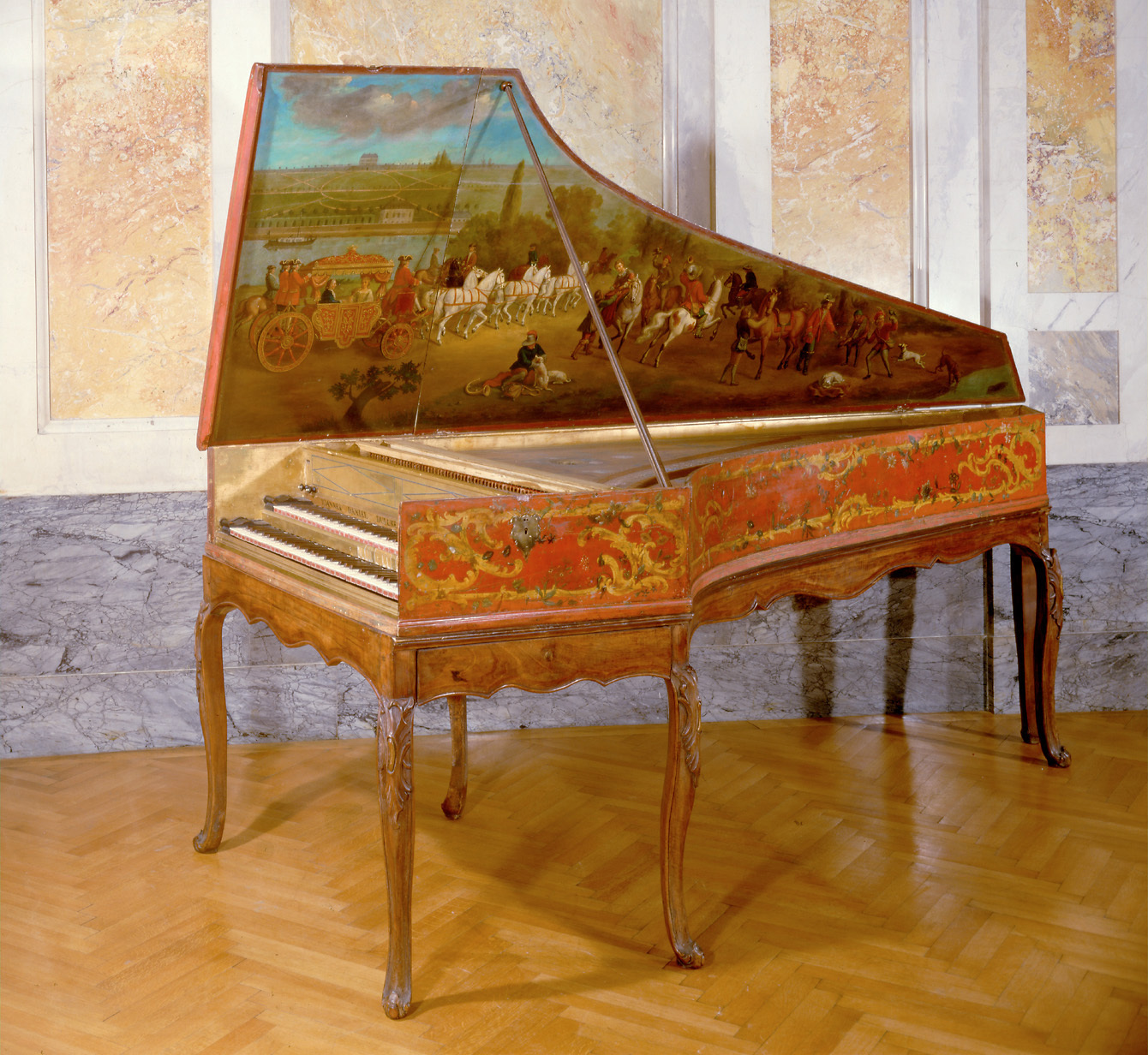
Joannes Daniel Dulcken 1745 - Kunsthistorisches Museum Wien, Sammlung alter Musikinstrumente, 726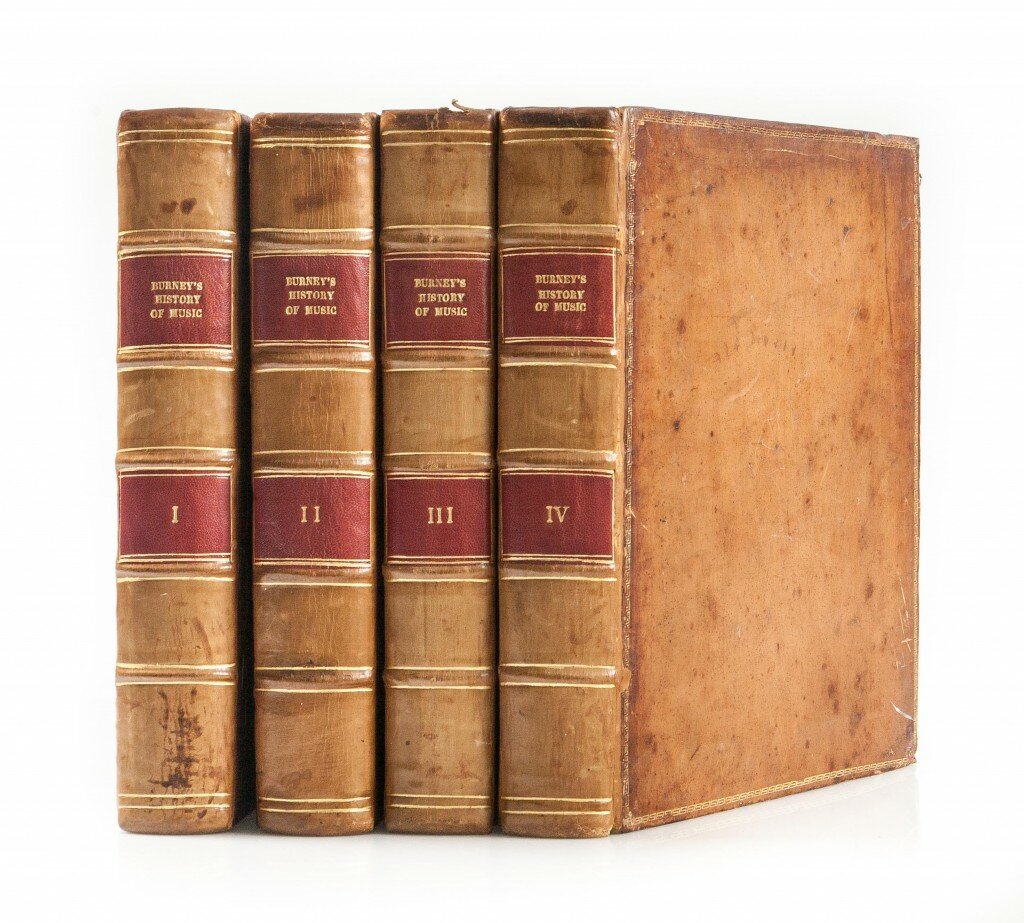
Charles Burney (1726-1814) took on the three roles of music historian, composer, and musician. His first music books, The Present State of Music in France and Italy… (London, 1771) and The Present State of Music in Germany, the Netherlands, and the United Provinces… (London, 1773), were the results of his extensive travels around Europe. His 1770 trip took him from London to Paris, Geneva, Turin, Milan, Padua, Venice, Bologna, Florence, Rome, and Naples. His second tour, through Germany and the Low Countries, resulted in his second book. All of this was in support of his General History of Music, which came out in 4 volumes (I: 1776, II: 1782, III and IV: 1789).
His daughter, the novelist Frances (Fanny) Burney, wrote a biography of her father after his death in 1814. The Memoirs of Doctor Burney, three in volumes, appeared in 1832 and is where much of the information about Burney’s social circles comes to life.
The harpsichord-maker of the greatest eminence, after them, was J. Dan. Dulcken; he was a Hessian.
Dr. Burney's Musical Tours in Europe, Volume II. An Eighteenth-Century Musical Tour in Central Europe and the Netherlands
Harpsichord-makers
The famous harpsichord-makers, of the name of Ruckers, whose instruments have been so much, and so long admired all over Europe, lived in this city: there were three, the first, and the father of the other two, was John Ruckers (1) who flourished at the beginning of the last century. His instruments were the most esteemed, and are remarkable for the sweetness and fulness of their tone. On the left hand of the sound-hole, in the bellies of these instruments, may be seen a large H, the initial of Hans, which, in the Flemish language, means John. André the eldest of John's sons, distinguished his work, by an A, in the sound-hole. His large harpsichords are less esteemed than those made by any one of that name; but his small instruments, such as spinets, and virginals, are excellent. Jean, the youngest son's harpsichords, though not so good as those of the father, are very much esteemed for the delicacy of their tone; his instruments may be known by the letter I, in the sound-hole. The harpsichord-maker of the greatest eminence, after them, was J. Dan. Dulcken; he was a Hessian. At present there is a good workman at Antwerp, of the name of Bull,(2) who was Dulcken's apprentice, and who sells his double harpsichords for a hundred ducats each, with only plain painted cases, and without swell or pedals; the work too of Vanden Elsche, a Flamand, has a considerable share of merit; but, in general, the present harpsichords, made here after the Rucker model, are thin, feeble in tone, and much inferior to those of our best makers in England.
I cannot quit this city, without mentioning a particular mark of attention, with which I was honoured by father Gesquiere, the night before my departure. In the morning he had communicated to me a very ancient Latin manuscript upon music; but though the writing proved it to be of great antiquity, we could not exactly fix the date of it; there were likewise some letters of the alphabet, used as musical characters in it, which were not easy to determine, as it was difficult to distinguish an A from an O, or a D, on account of the great resemblance of these letters in the manuscript; but by a note written in elegant Latin, with which he favoured me at night, I found that these difficulties had occupied his mind the whole day; indeed he seemed entirely to have spent it in trying to clear up the first, and offered his future service in removing the last.
(1) Ruckers. The famous family firm was active in Antwerp from about 1580 to about 1670. Grove
has a very full account of the family and a descriptive catalogue of the instruments made by them, so far as these still exist.
(2)Bull The great English harpsichordist and harpsichord composer, Dr. John Bull (c. 1562-1628) spent hu last eleven years as organist of Antwerp Cathedral, and it is to be regretted that Burney did not seek out the Antwerp Bull of his day and inquire as to his descent and as to possible local raditions concerning him.
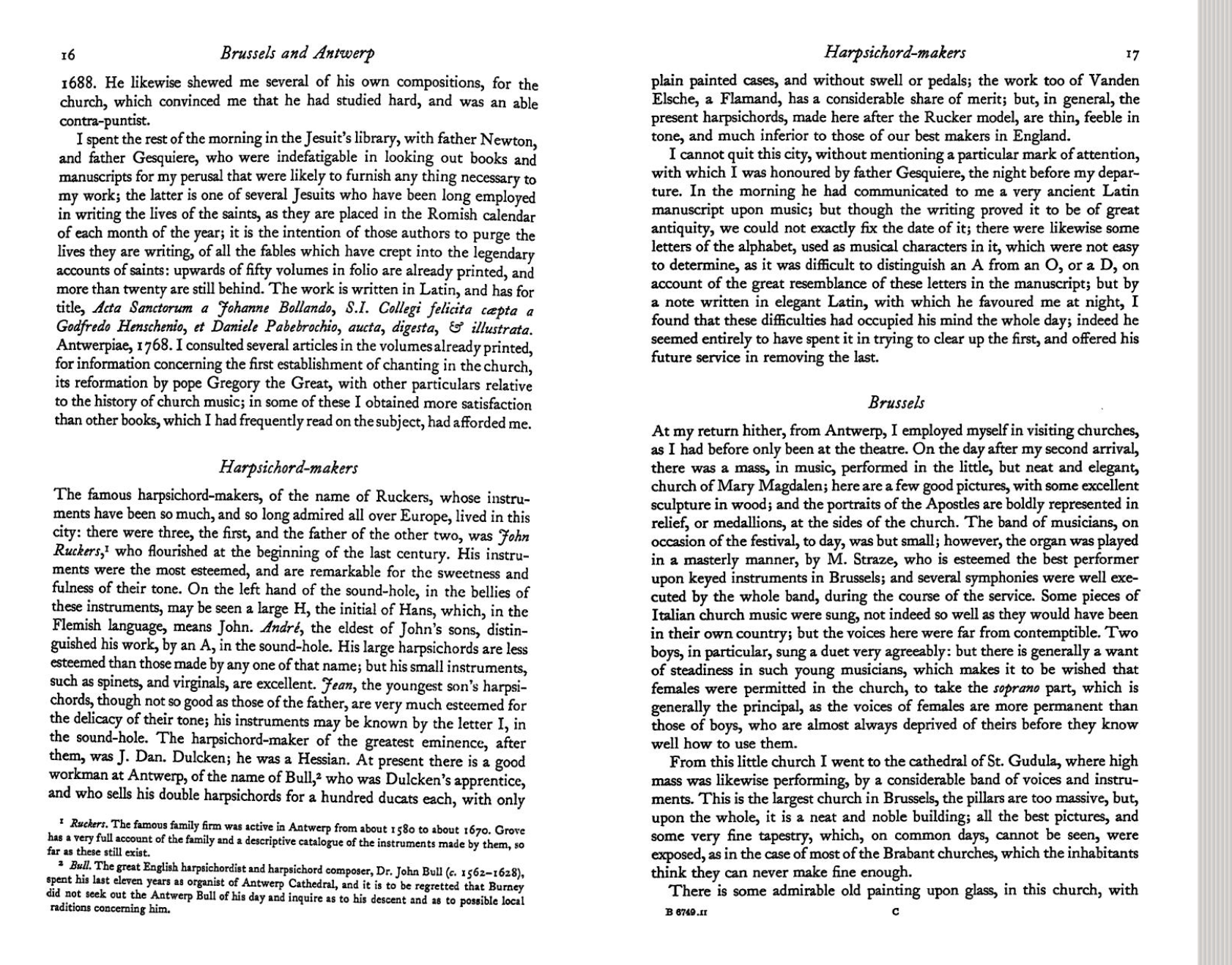
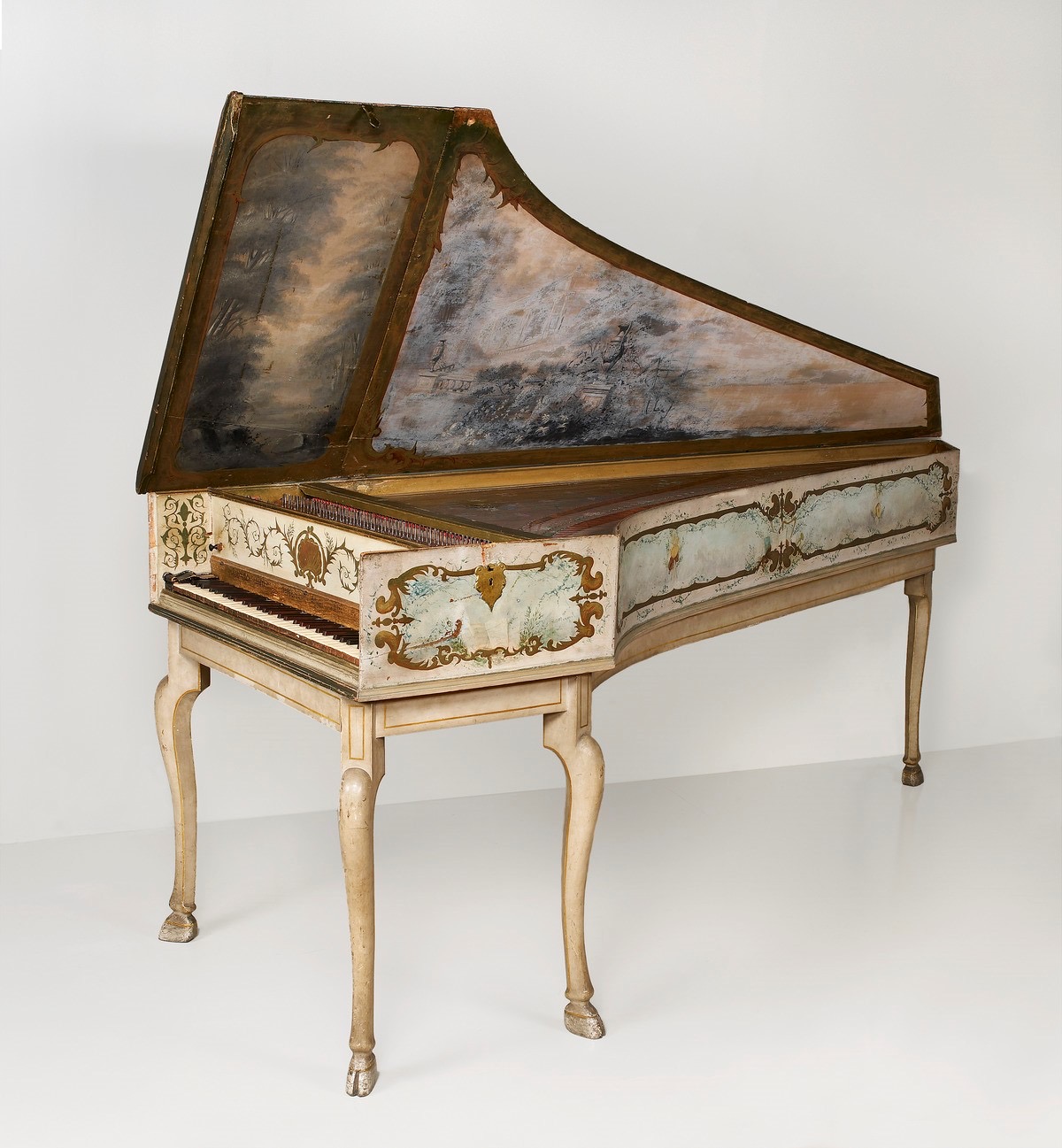
JOANNES DANIEL DULCKEN 1747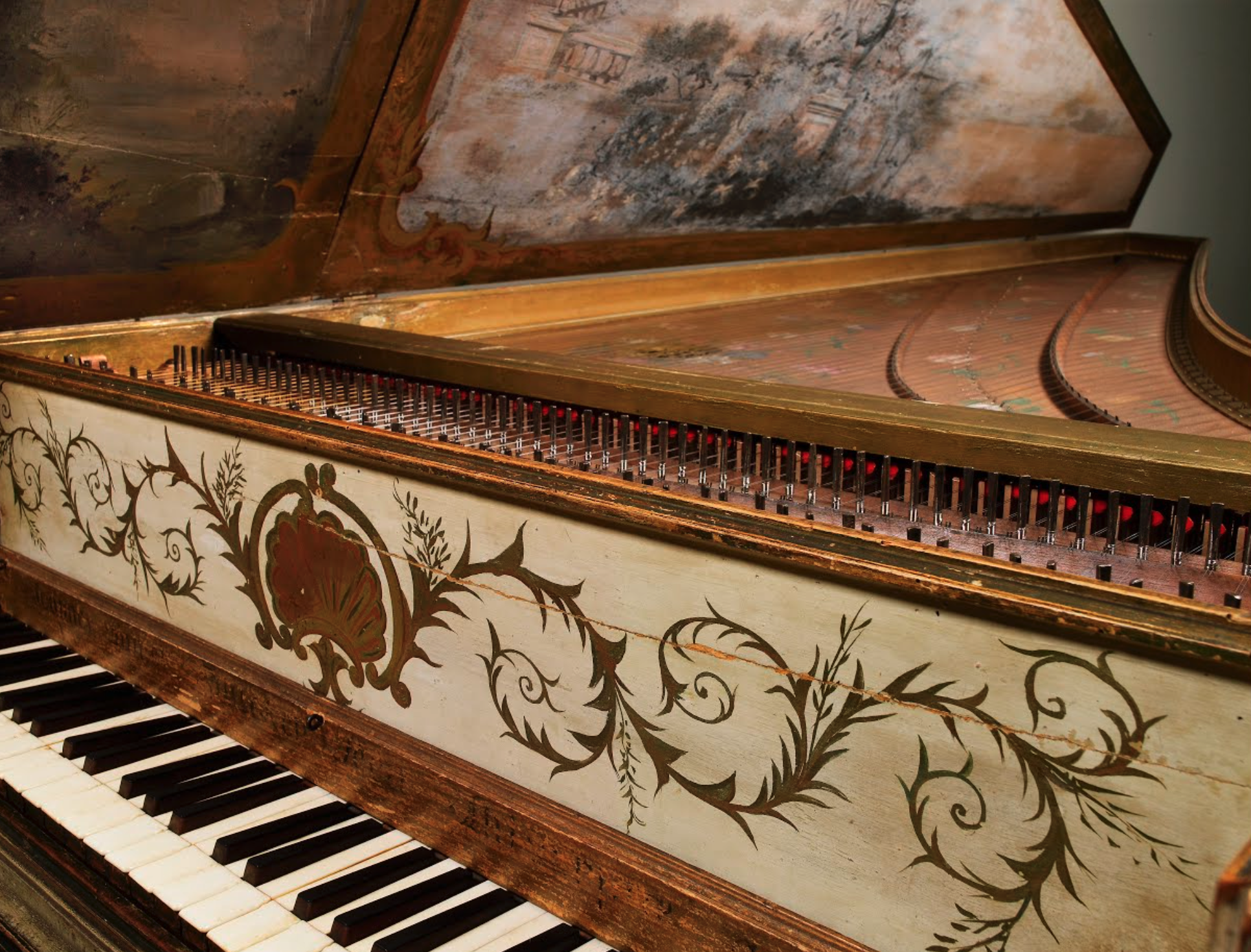
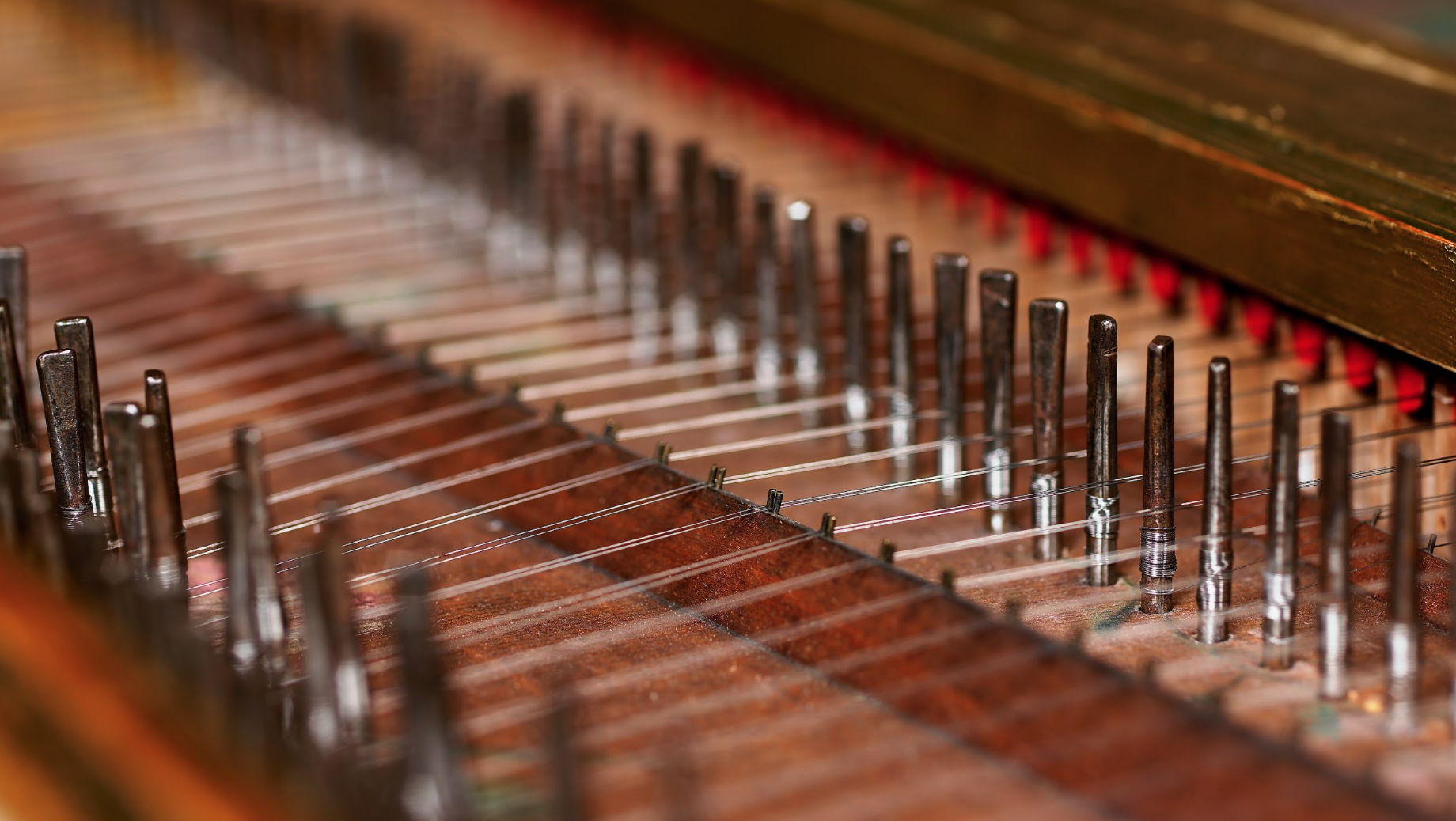
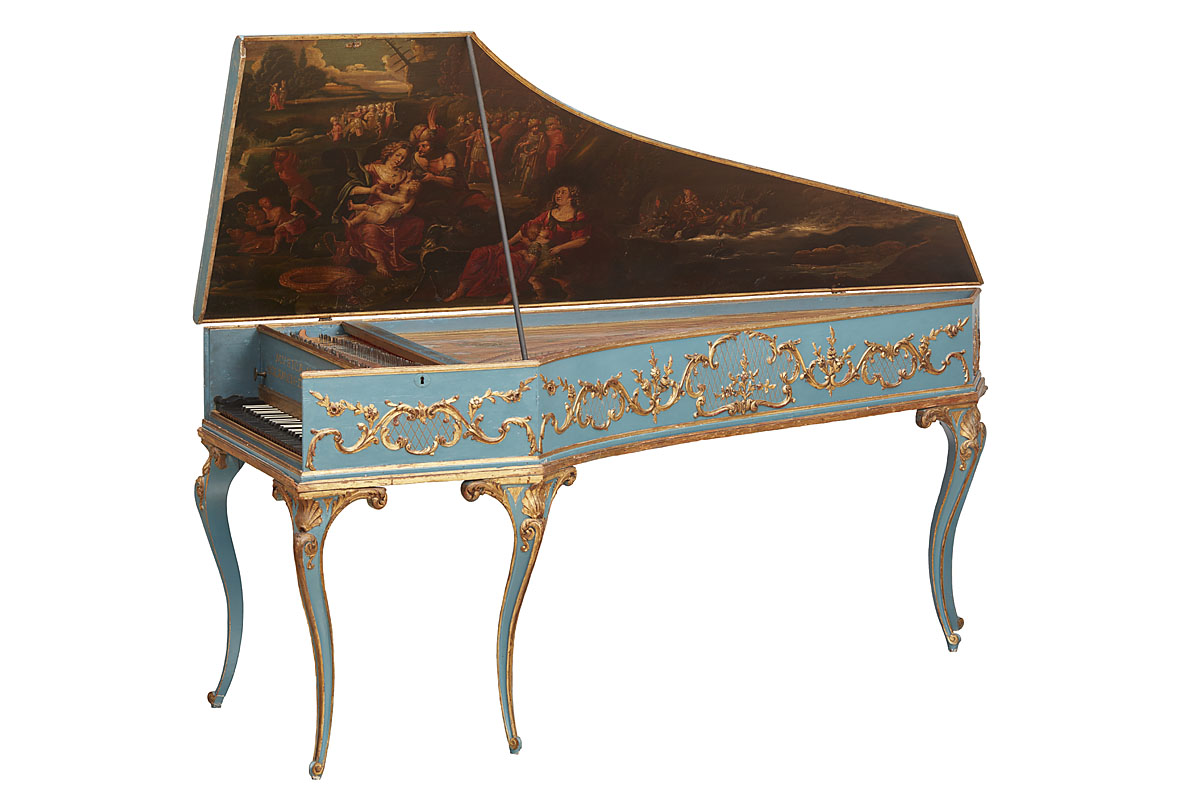
JOHANNES DANIEL DULCKEN ME FECIT ANTWERPAE 1755
Museum für Kunst und Gewerbe Hamburg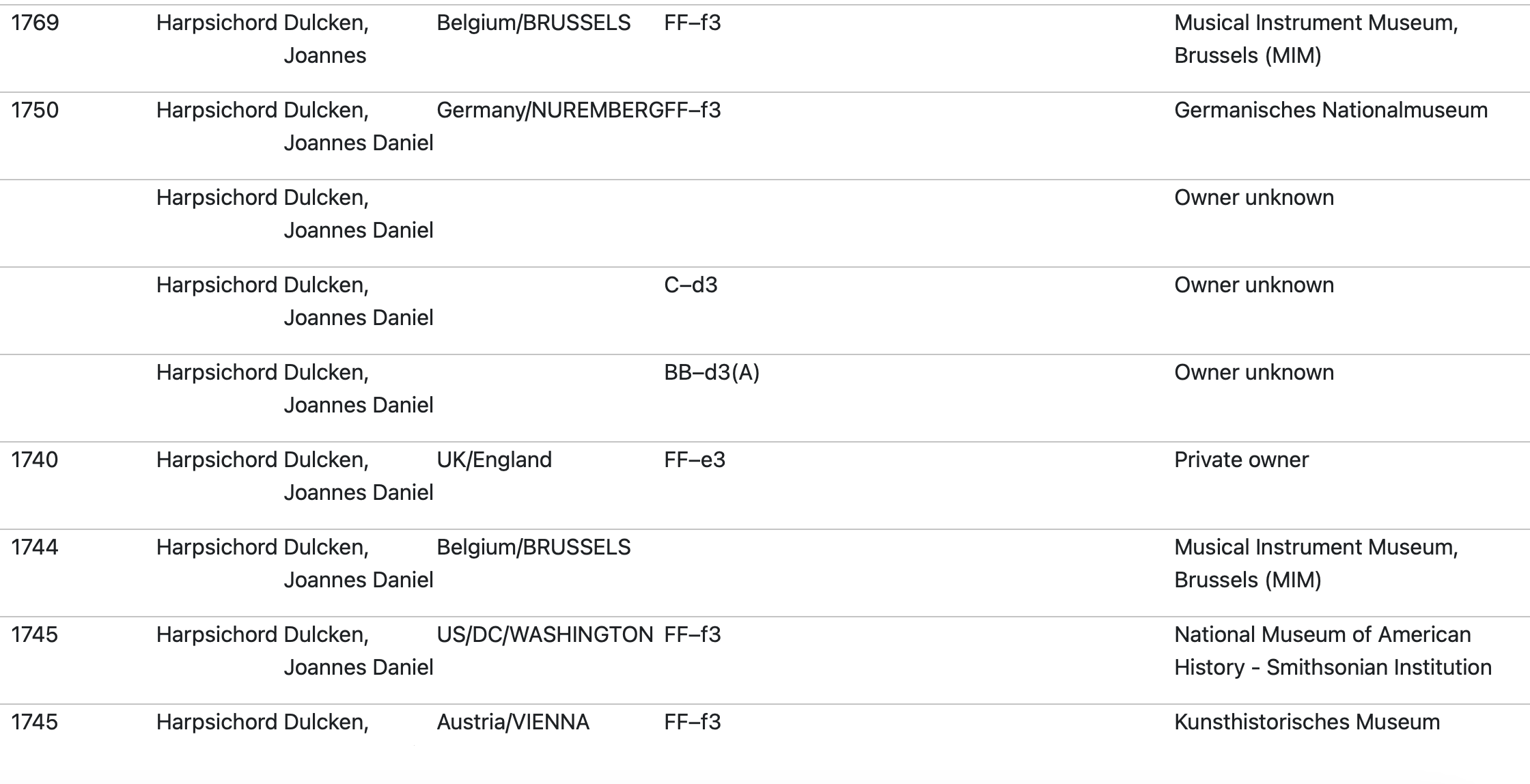
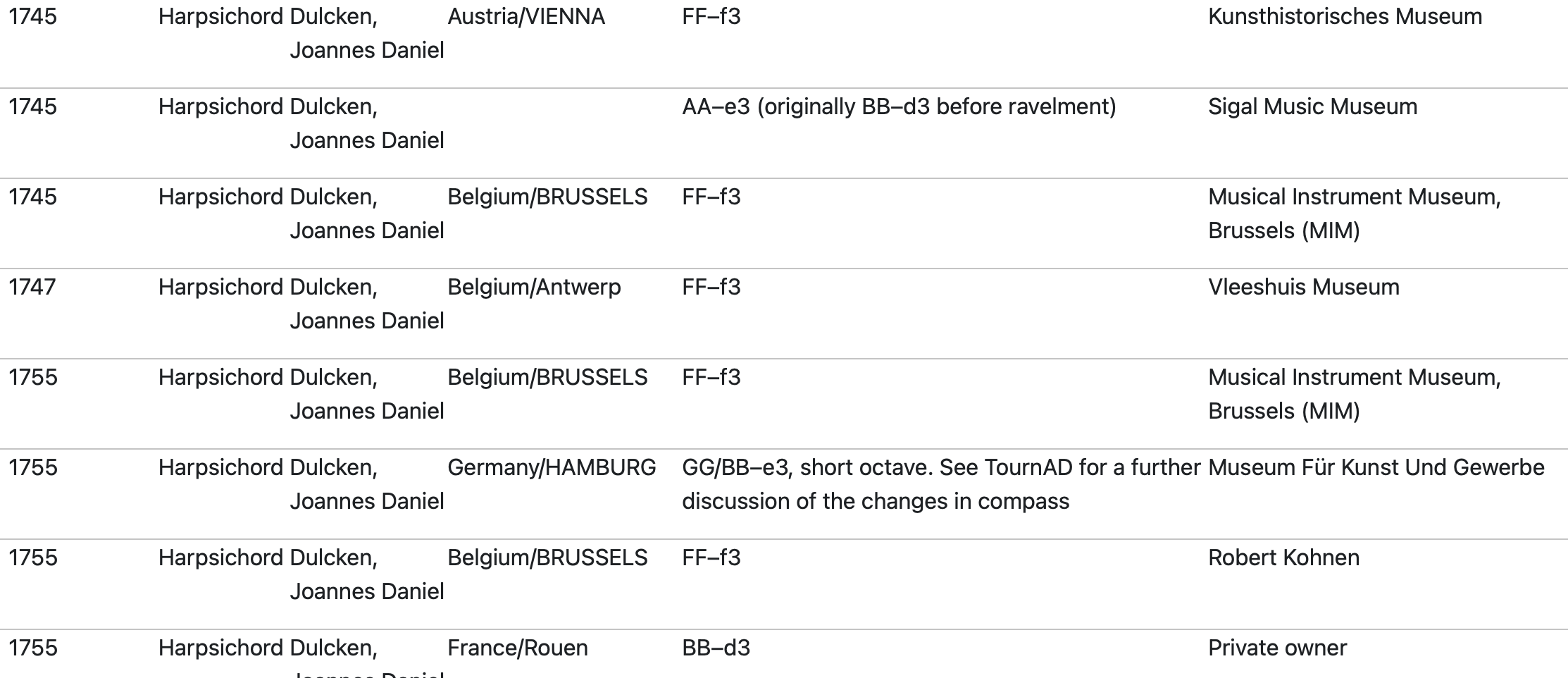
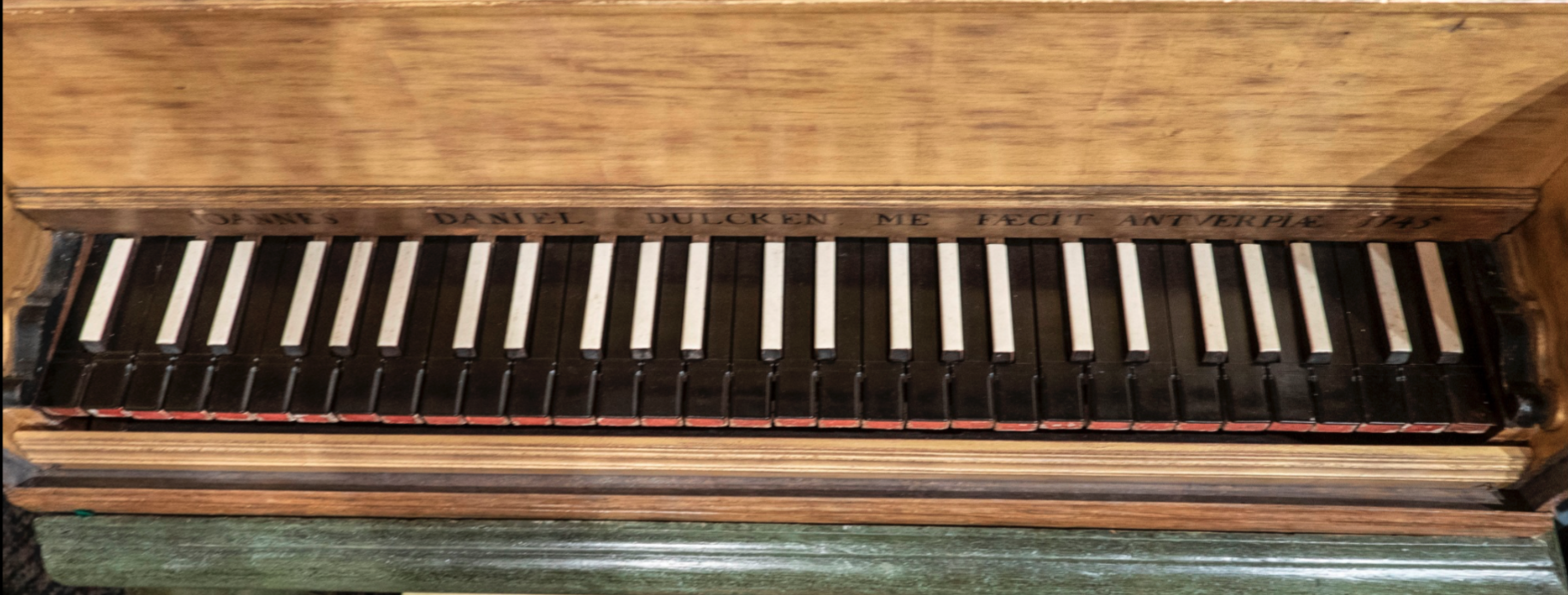
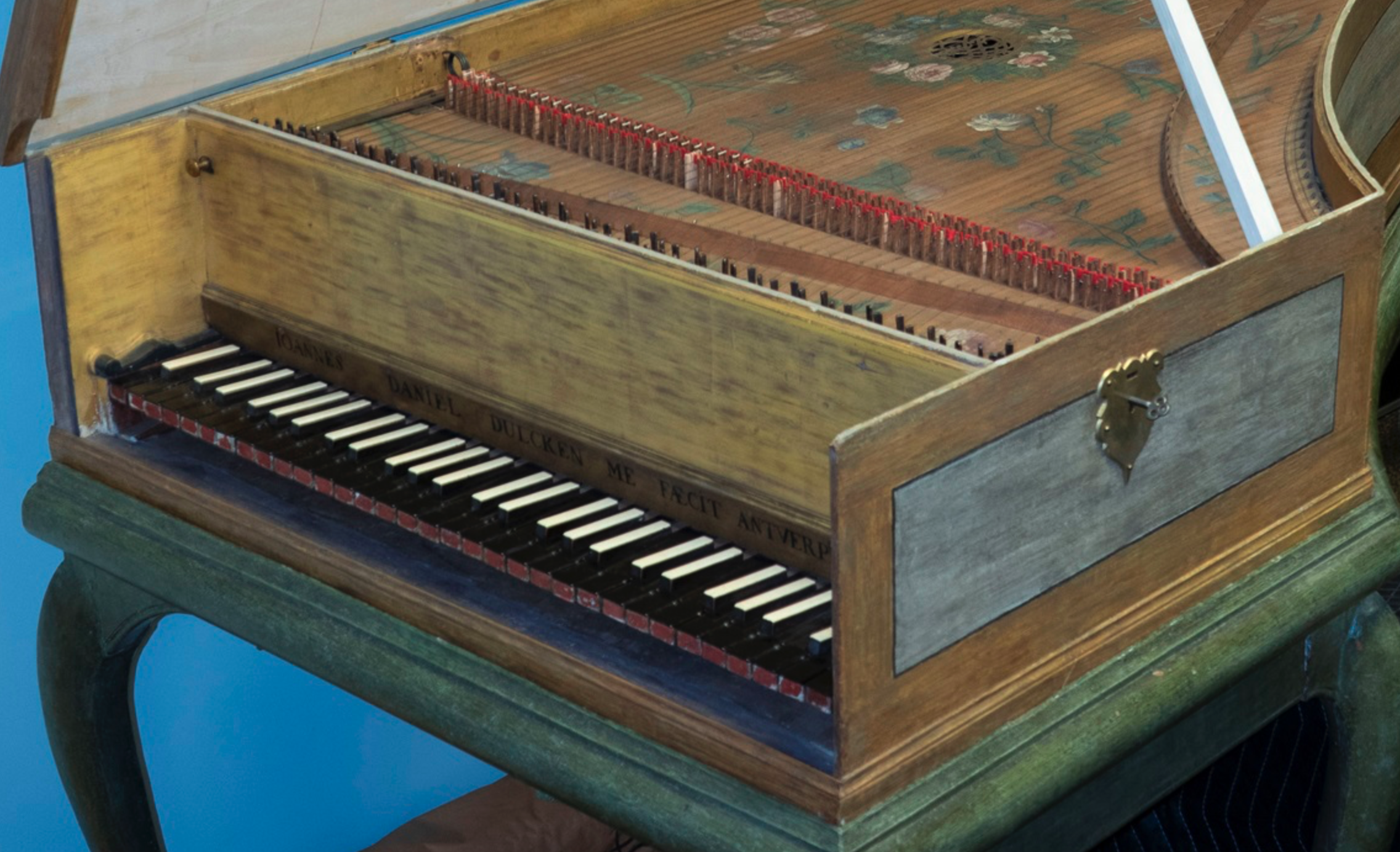
Sigal Music Museum
 Foundation Musick's Monument
Foundation Musick's Monument